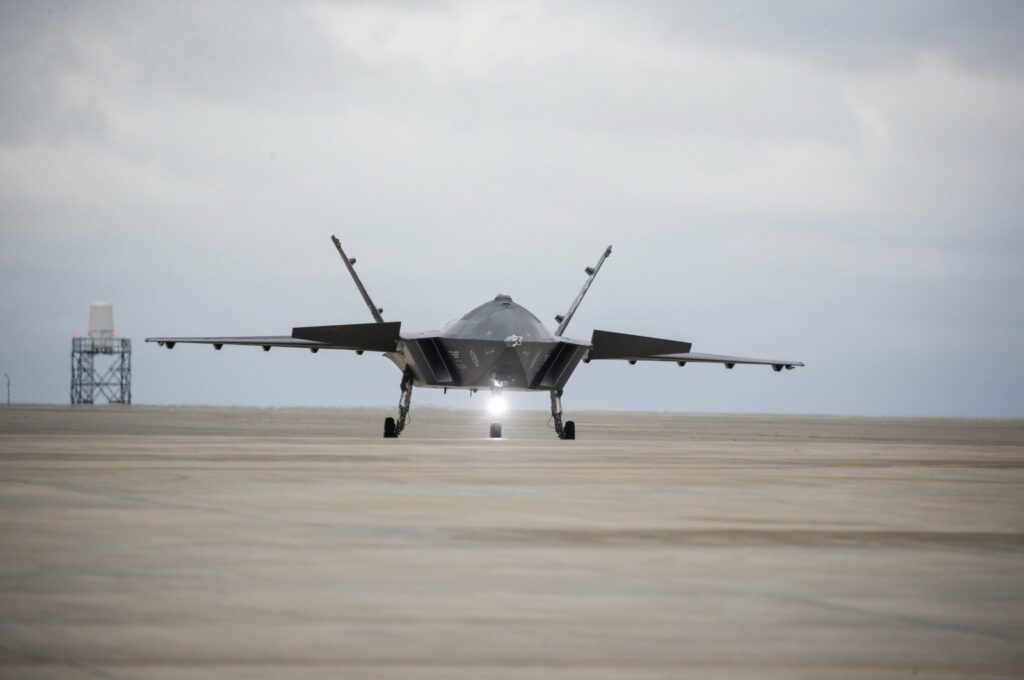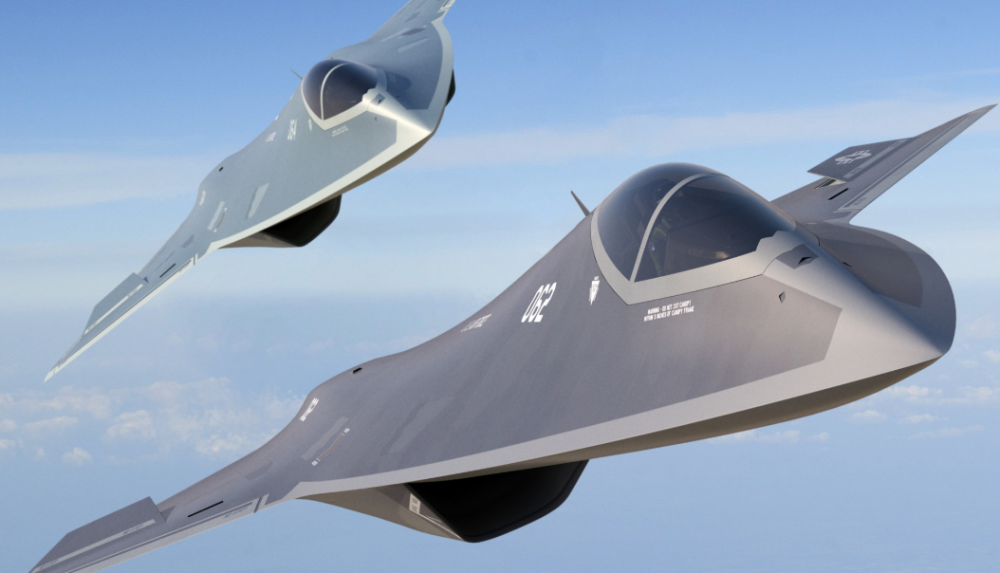
In the contemporary military aviation scenario, significant advancements have been made in various aspects of aerial warfare. This article delves into the breakthroughs in stealth fighters, vertical takeoff and landing aircraft, fighter jet upgrades, next-gen military helicopters, and supersonic combat aircraft.
These technological developments have revolutionized the field of military aviation, enhancing capabilities and pushing boundaries in terms of speed, maneuverability, and operational efficiency. By analyzing these advancements objectively and analytically, this article aims to provide a comprehensive understanding of the current state of military aviation technology.
Key Takeaways
- Stealth fighters have revolutionized military aviation with their advanced stealth technology and effectiveness on the battlefield.
- Vertical takeoff and landing aircraft have the potential to revolutionize aerial transportation in congested urban areas and are the future of aerial mobility.
- Fighter jet upgrades have enhanced avionics, increased firepower, and improved maneuverability, making them critical components of modern military aviation strategies.
- Next-gen military helicopters have advanced rotor technology and fly-by-wire systems, providing improved performance and situational awareness on the modern battlefield.
- Supersonic combat aircraft push the boundaries of speed and maneuverability, with advanced weapon systems and awe-inspiring power. They are integral to modern military aviation strategies.
Stealth Fighters: The Evolution of Invisible Warfare
The development of stealth fighters has revolutionized modern military aviation by introducing a new era of invisible warfare. These advanced aircraft employ cutting-edge technology to reduce their radar signature and make them virtually undetectable to enemy radars.
The concept of invisible warfare has significantly enhanced the tactical capabilities of these fighters, allowing them to penetrate deep into hostile territories undetected and strike with precision. Technological advancements in materials, aerodynamics, and avionics have played a crucial role in achieving this feat.
Radar-absorbent materials are used extensively on the exterior surface of these aircraft to minimize radar reflections, while sleek designs and advanced engines help reduce infrared signatures. Furthermore, sophisticated computer systems enable pilots to effectively manage various sensors and weapons systems while remaining undetected.
The evolution of stealth fighters represents a remarkable advancement in military aviation, enabling nations to project power with unparalleled stealth and effectiveness on the battlefield.
Vertical Takeoff and Landing Aircraft: The Future of Aerial Mobility
Vertical takeoff and landing aircraft (VTOL) are viewed as the future of aerial mobility. With advancements in technology, eVTOL development has gained significant attention in recent years. These aircraft have the ability to take off and land vertically, eliminating the need for traditional runways and enabling them to operate in urban environments with limited space.

The concept of urban air mobility is becoming increasingly popular as cities face growing congestion and traffic issues. Companies like Uber, Airbus, and Boeing are investing heavily in eVTOL technology, envisioning a future where these aircraft can be used for on-demand transportation services.
However, there are still challenges to overcome, such as battery life and regulatory frameworks. Despite these obstacles, vertical takeoff and landing aircraft hold great promise for revolutionizing aerial transportation and providing greater freedom of movement in congested urban areas.
Enhancing the performance and capabilities of fighter jets is a critical area of focus for improving military aircraft. To achieve this, the following advancements have been made:
Upgraded Avionics: Fighter jet upgrades involve enhancing avionic systems to improve navigation, communication, and situational awareness. Advanced sensors and radar systems enable pilots to detect threats more effectively, while improved data links provide real-time information sharing with ground units and other aircraft.
Increased Firepower: Upgrading fighter jets involves enhancing their offensive capabilities through increased firepower. This can be achieved by integrating new weapons systems or upgrading existing ones. Upgraded fighter jets often have advanced missile guidance systems for enhanced precision strike capability.
Enhanced Maneuverability: Fighter jet upgrades also aim to enhance maneuverability to outperform adversaries in aerial combat scenarios. This includes improvements in thrust-to-weight ratio, agility, and aerodynamics. Advanced flight control systems allow pilots to execute complex maneuvers with ease.
These upgrades not only ensure superiority in air-to-air engagements but also provide enhanced support for ground operations, making fighter jets an important component of modern military aviation strategies.
Next-Gen Military Helicopters: Advancements in Vertical Lift Technology
Advancements in rotor technology have significantly improved the capabilities of next-generation military helicopters. These advancements have led to enhanced situational awareness, allowing pilots to navigate challenging environments with greater precision and accuracy.
One key innovation in rotor technology is the integration of advanced fly-by-wire systems, which provide more precise control over the helicopter's movements. This enables pilots to execute complex maneuvers and operate in confined spaces more effectively.
Additionally, improvements in materials and design have resulted in lighter and more durable rotors, enhancing overall performance and efficiency.
Furthermore, advancements in sensor technology have enabled next-gen military helicopters to gather real-time data on their surroundings, including weather conditions and potential threats. This enhanced situational awareness allows pilots to make informed decisions quickly and effectively during critical missions.
Overall, these advancements in rotor technology have undoubtedly revolutionized the capabilities of next-generation military helicopters, ensuring their effectiveness on the modern battlefield.
Supersonic Combat Aircraft: Pushing the Boundaries of Speed and Maneuverability
One notable development in current military aircraft technology is the pursuit of supersonic capabilities, which aim to maximize speed and maneuverability. The advancements in supersonic combat aircraft have been driven by the desire for enhanced performance and increased operational efficiency.
Hypersonic technology plays a crucial role in achieving these goals, allowing aircraft to reach speeds exceeding Mach 5. This breakthrough enables rapid deployment and response times, giving military forces a significant advantage on the battlefield.

Additionally, supersonic combat aircraft are equipped with advanced weapon systems that further enhance their capabilities. These include precision-guided missiles and advanced targeting systems, allowing for superior accuracy and effectiveness in engaging enemy targets.
The combination of high-speed capabilities and advanced weapon systems makes supersonic combat aircraft an integral part of modern military aviation strategies, pushing the boundaries of speed and maneuverability to new heights.
Frequently Asked Questions
How do stealth fighters maintain their invisibility to radar detection?
Stealth fighters maintain their invisibility to radar detection through the use of advanced technologies such as radar-absorbing materials, streamlined design, and reduced heat signatures. These features enable the aircraft to minimize its radar cross-section and remain undetected by enemy radars.
What are the advantages of vertical takeoff and landing aircraft over traditional fixed-wing aircraft?
Vertical takeoff and landing (VTOL) aircraft have advantages over traditional fixed-wing aircraft, such as the ability to operate in confined spaces and hover. VTOL technology is also being applied in civilian aviation for applications like air taxis and medical transport.
Fighter jets are being upgraded with advanced avionics and increased maneuverability to enhance their performance and capabilities. These upgrades improve communication, navigation, and targeting systems, as well as allow for more agile movements during combat operations.
How have advancements in vertical lift technology improved the capabilities of military helicopters?
Advancements in military helicopters have been improved through the use of vertical lift technology. This technology allows for increased maneuverability, agility, and the ability to operate in various terrains, enhancing the capabilities of military helicopters in combat scenarios.
What are the challenges and limitations of supersonic combat aircraft in terms of speed and maneuverability?
The challenges and limitations of supersonic combat aircraft in terms of speed and maneuverability include high fuel consumption, increased maintenance requirements, limited range, and difficulties in maintaining stability at high speeds.
 GadgetsProduct ReviewsSmart DevicesDronesVirtual DevicesPrivacy PolicyTerms And Conditions
GadgetsProduct ReviewsSmart DevicesDronesVirtual DevicesPrivacy PolicyTerms And Conditions
